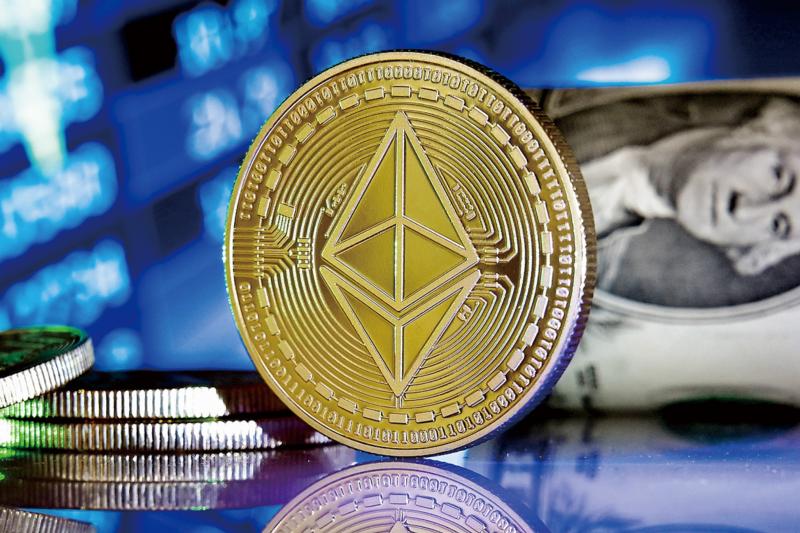In the ever-evolving landscape of cryptocurrencies, 以太幣價格 has emerged as a true trailblazer, captivating the attention of investors, developers, and enthusiasts alike. Since its inception, Ethereum has consistently demonstrated its potential to revolutionize not just the financial sector, but various industries through its innovative blockchain technology.prompting industry players to find a delicate balance between innovation and investor protection.
At the heart of Ethereum’s uniqueness lies its ability to support smart contracts, a feature that enables self-executing agreements without the need for intermediaries. This has far-reaching implications, from automating complex processes to creating decentralized applications (DApps) that can reshape sectors such as supply chain management, real estate, and even digital identity verification.
One of Ethereum’s most anticipated upgrades is the shift from a proof-of-work (PoW) to a proof-of-stake (PoS) consensus mechanism through Ethereum 2.0. This transition aims to address scalability and energy efficiency concerns, making transactions faster and considerably more eco-friendly. With Ethereum 2.0, the network’s capacity is expected to increase significantly, accommodating a greater number of transactions and DApps with ease.
Furthermore, Ethereum’s role in the explosive growth of decentralized finance (DeFi) cannot be overstated. DeFi platforms built on the Ethereum blockchain facilitate lending, borrowing, and trading without traditional intermediaries. This opens up a world of financial opportunities for individuals who may have been excluded from the traditional banking system. However, it’s worth noting that the rapid rise of DeFi has also raised questions about regulation and security,
NFTs, or non-fungible tokens, have also propelled Ethereum into the mainstream spotlight. These unique digital assets have redefined ownership and provenance in the digital realm, revolutionizing how we view art, collectibles, and even virtual real estate. While NFTs offer exciting possibilities, they’ve also sparked conversations about copyright, environmental impact, and the longevity of their appeal.


